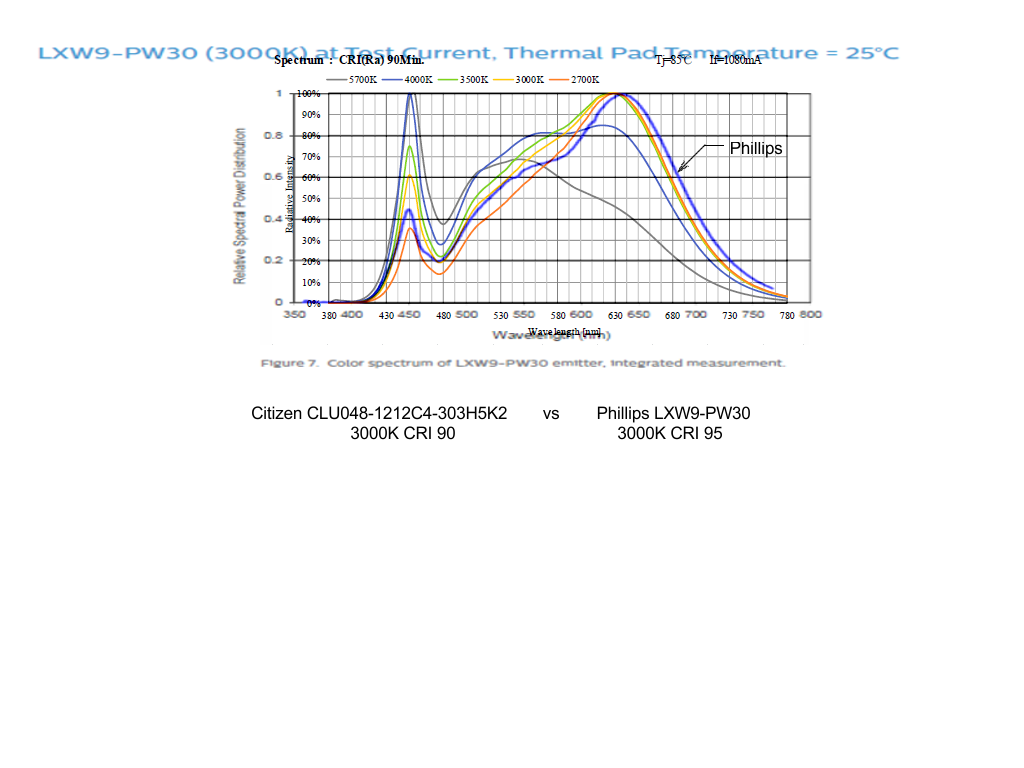BorisJohnson
New Member
Is this the ultimate light for a 1x1m space?
Headroom not an issue although I assume a light with small cobs wants to be closer to the canopy for light penetration?
So far it will give me just under 20,000 lux, 200w max power in 3000k 93cri for $200
I have also found a version using 3 step latest bins not 4 step which will cost just under $40 the same as 1x3590. So in effect my 16 x 1512's beat the 3590 on price and power.
The only trouble is, I cannot for the life of me work out how to get a PAR or Micromole reading for it.
I know the cobs will be running at 90% rlux which equals 90% of my max lux output but how do I convey that info Micro-moles?
I can't really find any information on ppl using the 1512's, are they too small? I hear the more lights is better so I'm getting a very good even copy of light. Im just wondering if it will be enough.
I would use 3 x 3590's driven soft for similar power but that would cost more, give worse coverage, although more lux than you could shake a stick at! 30,000 compared to around 20,000 with the 1512's.
Are the 1512's a great idea that will just underperform? They only give off 1150 lux per cob so x that by 16
These are the 18v 1512's so can be used with 1x ELG-200H-C700B (nice)
Thanks in advance for your help.
Headroom not an issue although I assume a light with small cobs wants to be closer to the canopy for light penetration?
So far it will give me just under 20,000 lux, 200w max power in 3000k 93cri for $200
I have also found a version using 3 step latest bins not 4 step which will cost just under $40 the same as 1x3590. So in effect my 16 x 1512's beat the 3590 on price and power.
The only trouble is, I cannot for the life of me work out how to get a PAR or Micromole reading for it.
I know the cobs will be running at 90% rlux which equals 90% of my max lux output but how do I convey that info Micro-moles?
I can't really find any information on ppl using the 1512's, are they too small? I hear the more lights is better so I'm getting a very good even copy of light. Im just wondering if it will be enough.
I would use 3 x 3590's driven soft for similar power but that would cost more, give worse coverage, although more lux than you could shake a stick at! 30,000 compared to around 20,000 with the 1512's.
Are the 1512's a great idea that will just underperform? They only give off 1150 lux per cob so x that by 16
These are the 18v 1512's so can be used with 1x ELG-200H-C700B (nice)
Thanks in advance for your help.



